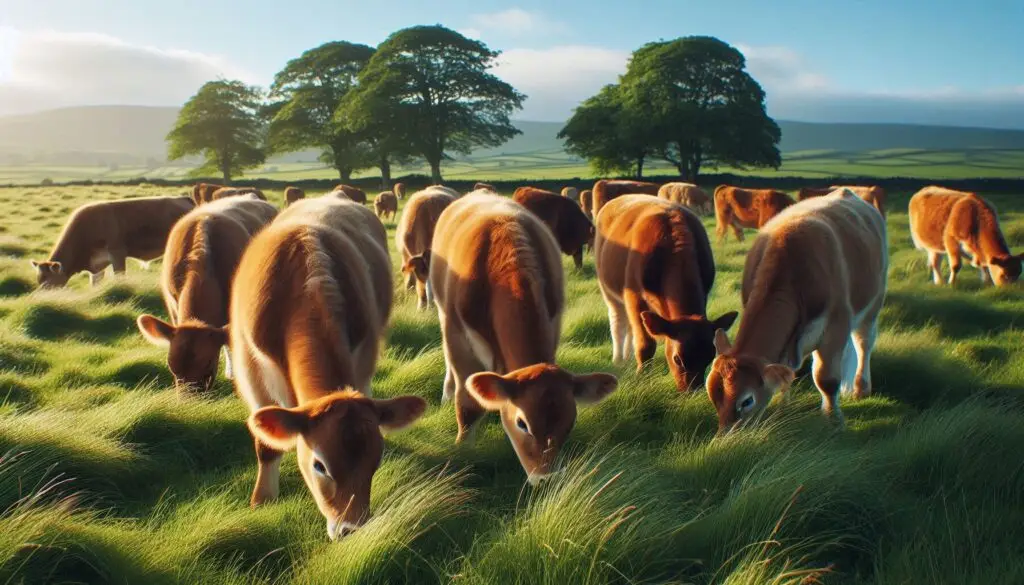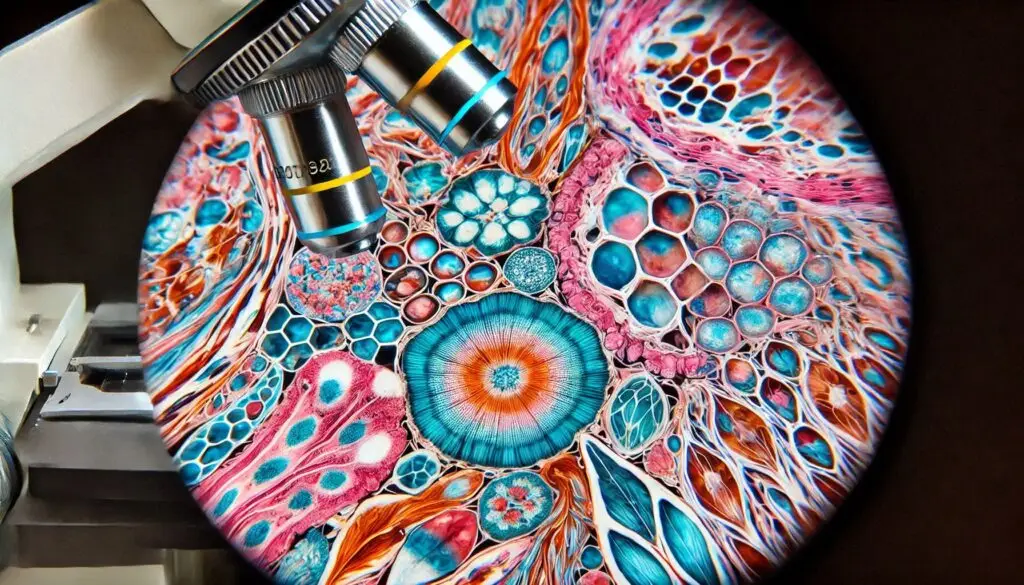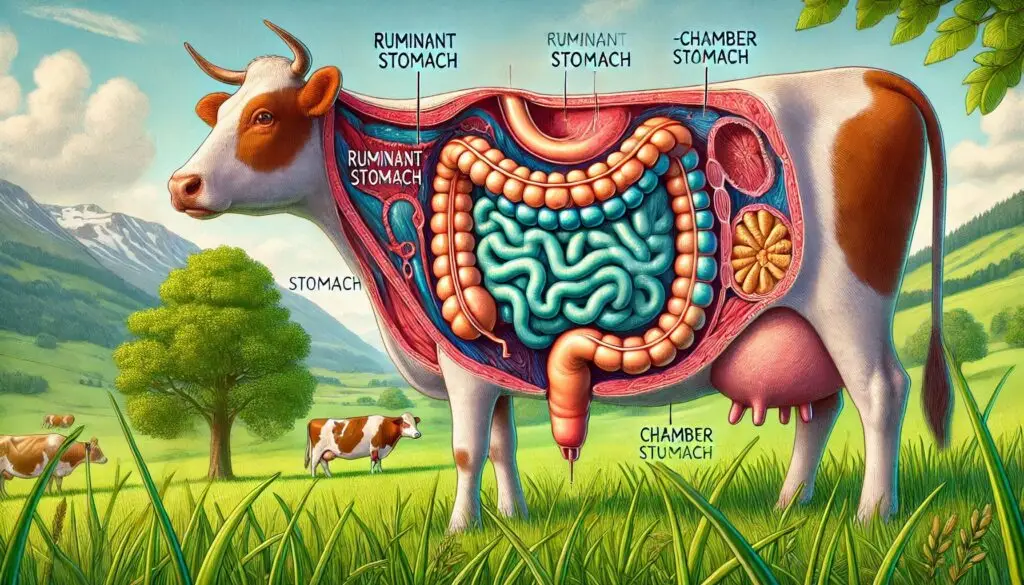Toxic Plants Causing Convulsions in Dairy Cows

Common Toxic Plants That Cause Convulsions
Toxic plants impact the nervous system, leading to seizures, tremors, and even death. Here are some of the most dangerous plants for dairy cows:
Locoweed Poisoning in Dairy Cows
Locoweed (Astragalus and Oxytropis spp.) is highly toxic to cattle. It contains swainsonine, a toxin that affects brain function. Cows grazing on locoweed may show signs of depression, muscle tremors, and loss of coordination. Long-term ingestion causes irreversible neurological damage. Learn more about locoweed toxicity here.
Symptoms of Locoweed Poisoning
- Muscle tremors and convulsions
- Weakness and staggering
- Behavioral changes
Nightshade Poisoning in Dairy Cows
Nightshade plants (Solanum spp.) contain solanine, a toxic glycoalkaloid. It affects the nervous system, leading to paralysis, tremors, and convulsions. Nightshade poisoning is common in cattle grazing near pastures with wild nightshade growth. Read more on nightshade toxicity here.
Signs of Nightshade Poisoning
- Loss of appetite
- Excess salivation
- Muscle twitching and convulsions
Water Hemlock: A Deadly Threat to Dairy Cows
Water hemlock (Cicuta spp.) is one of the most poisonous plants for cattle. It contains cicutoxin, which directly affects the nervous system. Even a small amount can cause violent seizures and death within hours. Learn more about water hemlock poisoning here.
Symptoms of Water Hemlock Poisoning
- Rapid onset of seizures
- Difficulty breathing
- Sudden death
Diagnosing Plant Poisoning in Dairy Cows
Early diagnosis is crucial to prevent fatalities. A veterinarian can perform toxicology tests and clinical examinations to confirm plant poisoning. If you suspect toxic plant ingestion, remove affected cows from the pasture immediately.
Preventing Plant Poisoning in Dairy Cows
Preventive measures help keep cows safe from toxic plants. Farmers can take these steps to minimize risks.
Pasture Management
- Regularly inspect pastures for toxic plants.
- Remove harmful plants before cows start grazing.
- Rotate pastures to prevent overgrazing and accidental plant ingestion.
Providing Adequate Nutrition
Nutritionally balanced diets prevent cows from seeking out harmful plants. Cattle with deficiencies are more likely to consume toxic vegetation. Read more about cattle nutrition here.
Educating Farm Workers
Farm workers should be trained to recognize toxic plants and monitor cattle for early signs of poisoning. Proper awareness reduces risks and ensures quick intervention.
Treatment of Plant Poisoning in Dairy Cows
Quick intervention can save affected cows. If poisoning is suspected, follow these steps:
Immediate Actions
- Remove the cow from the contaminated area.
- Call a veterinarian immediately.
- Provide fresh water and supportive care.
Veterinary Treatments
- Activated charcoal to absorb toxins.
- IV fluids to flush toxins out of the system.
- Anticonvulsants to control seizures.
Conclusion
Toxic plants pose a significant threat to dairy cows. Identifying and removing harmful plants from pastures can prevent convulsions and other severe symptoms. Regular pasture checks, proper nutrition, and staff training are essential for keeping dairy herds safe. For more information on plant poisoning in cattle, visit Cornell University’s Poisonous Plants Database.
More From Animal Diseases:
Stroke in Animals






Responses